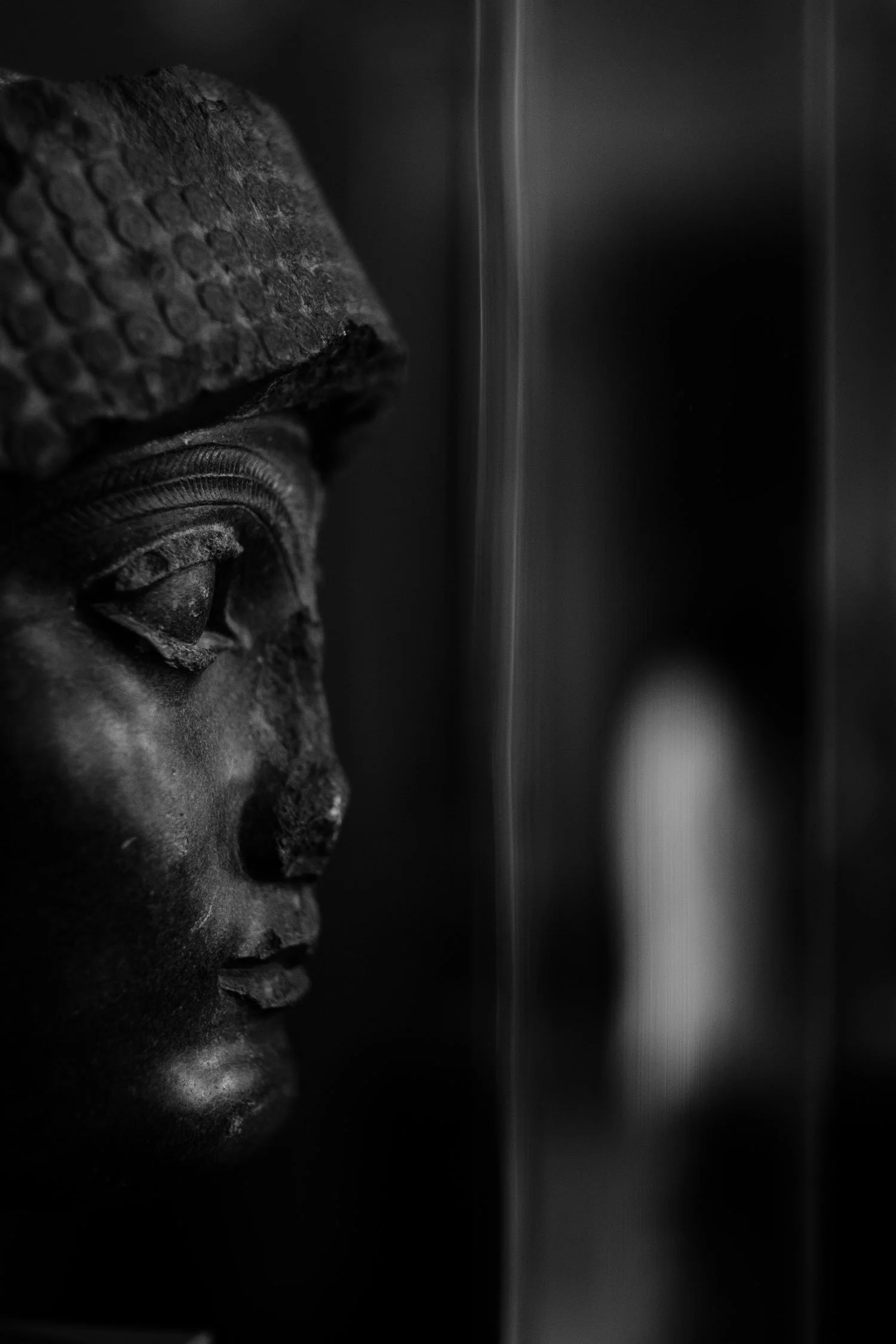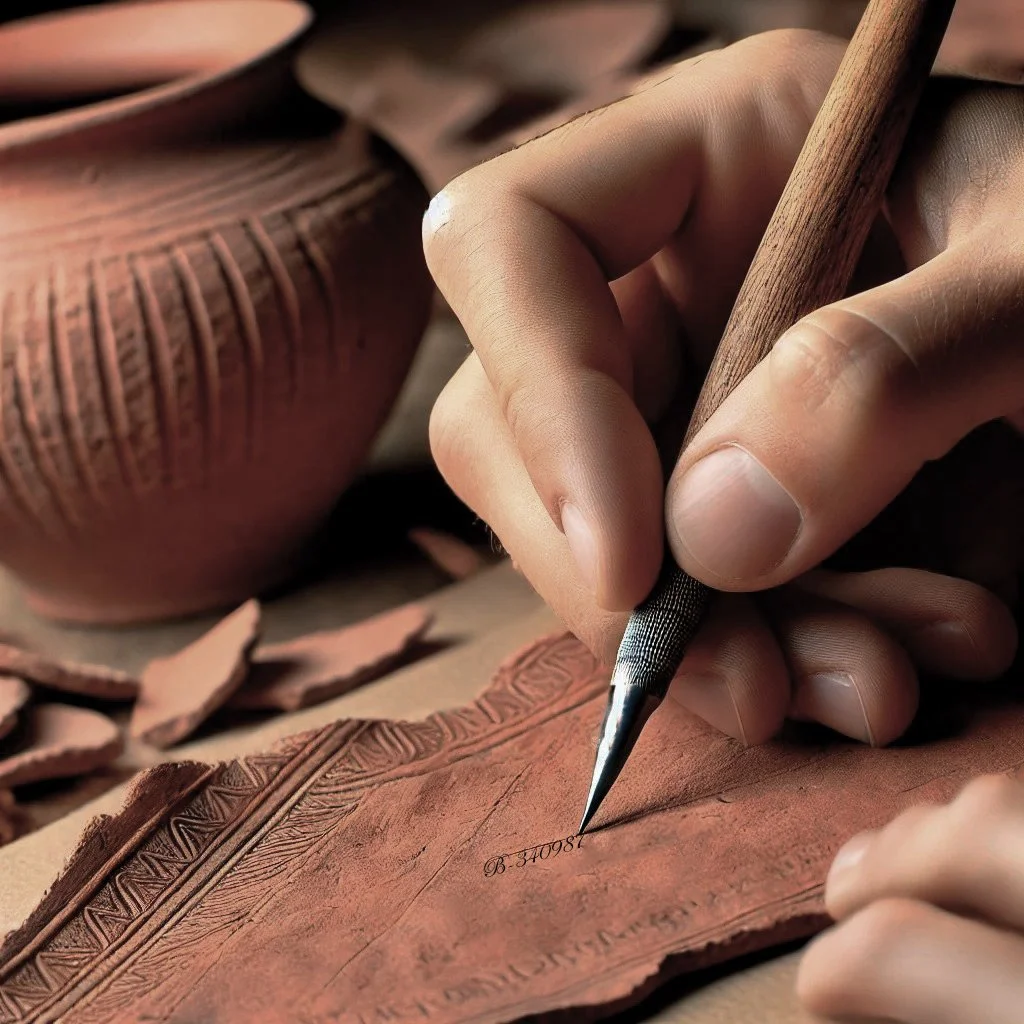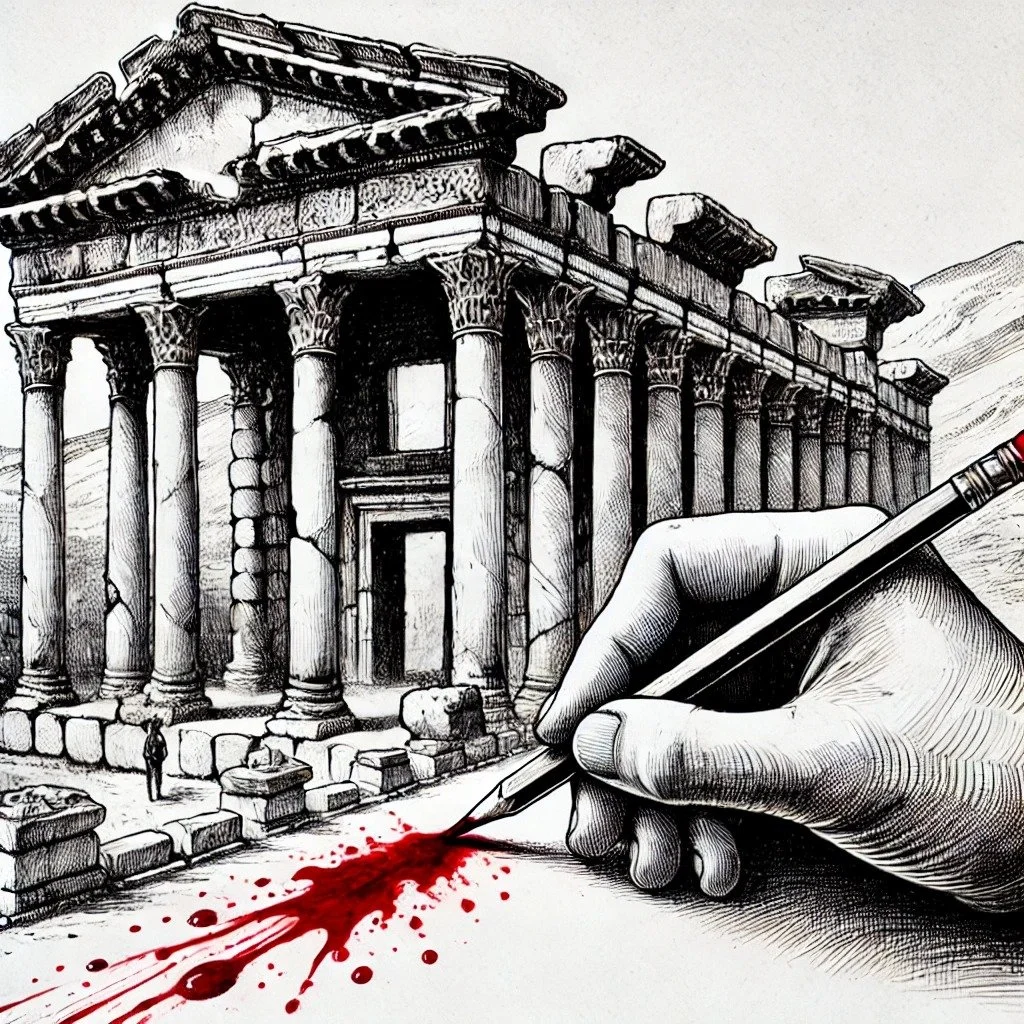
A Heritage in Danger

Illicit Trafficking of Cultural Heritage

My interest in illicit trafficking emerged during my work abroad in conflict zones, where I witnessed the devastating impact of illegal trade on cultural heritage. Excavating sites doesn't always yield "treasures," but when significant artifacts are found, they must be protected immediately, often under armed guard and escorted to museums. This process highlighted the monetary value of these artifacts, which to me are invaluable pieces of history that I study, draw, and preserve.
A video released by jihadists showing the destruction of pre-Islamic statues, friezes, and other priceless artifacts at the Mosul Museum profoundly shocked and saddened me. Watching them smash an Assyrian winged bull at the Nergal Gate—a masterpiece of Assyrian archaeology—was heart-wrenching. These atrocities drive my commitment to raising awareness about endangered heritage sites. Preserving these monuments is a duty of memory to humanity's history.

Difference Between Looting and Theft
In this detailed illustration, a hand is shown meticulously marking a pottery shard, emphasizing the vital process of ensuring traceability in archaeology. This practice is essential for preserving the integrity and provenance of archaeological finds, allowing researchers to accurately document and study these invaluable pieces of history. Proper marking not only aids in research and cataloging but also plays a crucial role in the protection and repatriation of cultural heritage. This image serves as a reminder of the painstaking work involved in archaeology and the importance of maintaining meticulous records to preserve our shared history for future generations.
Archaeological objects unearthed from excavations are meticulously studied, photographed, marked, and drawn. They are then deposited in a museum and archived with a new inventory number, ensuring their traceability.
In contrast, a looted object is removed illegally, without any scientific process. Looters focus solely on the market value and potential buyers, disregarding the cultural significance.
As a draftsman, I have handled many artifacts with respect and fascination. These objects, shaped by ancient hands, tell us stories of the past. It is heartbreaking to see them trafficked, as they belong to a culture and a people.

Conflict situations and natural disasters increase the risk of theft and trafficking dramatically. Many instances of plunder, theft and trafficking of cultural objects go unseen or unsolved.This video was produced by the UNESCO Beirut Office in the framework of the Emergency Safeguarding of the Syrian Cultural Heritage project, funded by the European Union and supported by the Flemish Government and the Government of Austria.

My Only Weapon is My Pencil
Passionate about drawing and heritage, I chose to illustrate endangered heritage. These regions may seem distant, but their cultural artifacts are integral to our shared human history.
My artistic drawings aim to highlight this endangered heritage. I hope to raise awareness about the importance of preserving archaeological heritage for future generations, sharing its stories and cultures.
During my travels and archaeological missions, I have witnessed exceptional heritage. My drawings depict objects, bas-reliefs, and sculptures from conflict zones.
With a lifelong passion for hyper-realism, my detailed pencil drawings are inspired by archaeological techniques, including point drawing.
You can find these drawings in my boutique (Coming soon).





